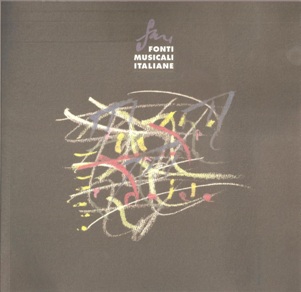Lithographed music in Italy during the first half of the XIX century: an artefactual study
Abstract
The collection of lithographed music, created by Hermann Baron and actually housed at Reading University Library, consists mainly of editions from the first half of the XIX century. In the period under examination, Italy and Germany emerge as the two most prolific sources of lithographed music: in effect, almost two-fifths of the thousands of items collected are of German origin, while a further fifth comes from various Italian centres. Ninety percent of the Italian items in the collection come from Roma, Florence and Milan; the remainder from Bologna, Modena, Novara, Naples, Turin and Venice. They were printed by a relatively small group of publishers: Cipriani, Lorenzi and Lucherini in Florence; Ricordi in Milan; the Litografia delle Belle Arti, Litografia Tiberina (Società Litografica Tiberina and Ratti & Cencetti in Rome.
On the whole, the Italian publishers of lithographed music adopted one of the four principal methods used in the first hal of the XIX century: that is, writing directly on stone or plate with greasy ink. Compared to publishers in ogher countries, the Italians made greater use of caption-titles (rather than title-pages), especially for publications of landscape-format. Skilful lithographic writers of title-pages were not son common in Italy as (for example) in France or Germany and, consequentely, the greater part of the Italian title-pages were less orthodox; sometimes direct and bold solutions were archieved, at other times somewhat inaccurate realizations. The style of music writing in Italian publications is far more varied than those in other European countries. Among the characteristics of Italian lithographed music, there is the relative frequency with which music pages carry some acknowledgment of their writer (by the use of initial letters, either isolated at the foot of the page, or combined with a plate number); the irregularity of the use of plate numbers; the use of fold and trim marks end of signature (in a bibliographical sense) of each printed sheet. Examination of these characteristics enables the formulation of some hypotheses on the methods of producing lithographed musica and the identification of the motives inducing some publishers to adopt the lithographic process for printing music.
Downloads
Published
Issue
Section
License
© CIDIM
Tutti i diritti riservati


